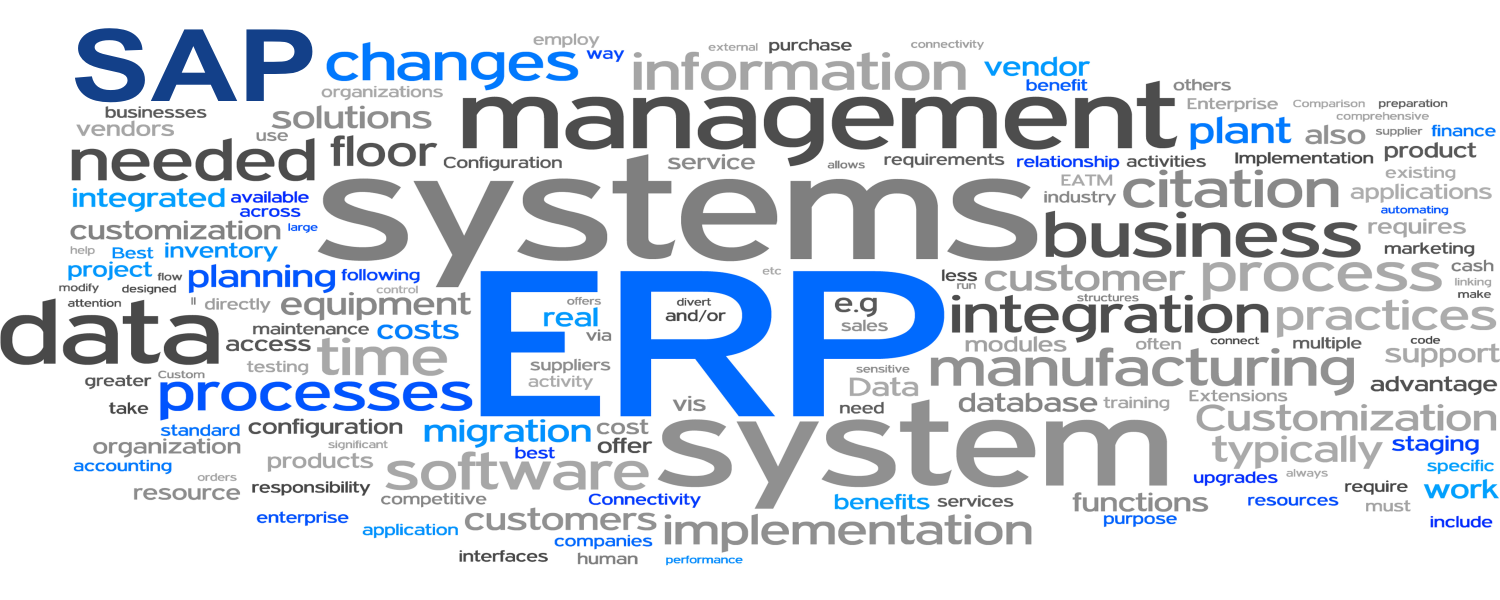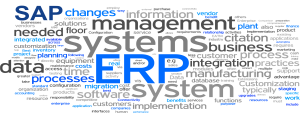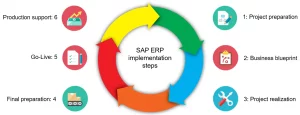Enterprise Resource Planning (ERP) systems are designed to manage and integrate a company’s core business processes, including finance, human resources, procurement, supply chain, and customer relationship management. One of the most popular ERP systems in the market is the SAP ERP system.
Here’s an in-depth analysis of the key features of the SAP ERP system, including its benefits and limitations:
Key Features of the SAP ERP System
For business leaders looking to learn about the SAP ERP system, here are the sytem’s key features:
Financial Management. The SAP ERP system provides comprehensive financial management features, including general ledger, accounts payable, accounts receivable, asset accounting, cash management, and bank accounting. The system allows for real-time financial analysis and reporting, enabling businesses to make informed decisions based on accurate financial data.
Human Resource Management. The SAP ERP system offers extensive human resource management features, including personnel administration, organizational management, time management, payroll, and benefits administration. The system enables businesses to manage employee data and payroll processes efficiently, ensuring compliance with local regulations and labor laws.
Supply Chain Management. The SAP ERP system provides robust supply chain management features, including inventory management, warehouse management, procurement, and logistics. The system enables businesses to streamline supply chain operations, reduce inventory costs, and optimize logistics processes.
Customer Relationship Management. The SAP ERP system offers comprehensive customer relationship management features, including sales and distribution, marketing, and service management. The system allows businesses to effectively manage customer interactions and transactions, including lead generation and after-sales support.
Analytics and Reporting. The SAP ERP system provides powerful analytics and reporting capabilities, enabling businesses to gain insights into their operations and performance. The system offers a range of reporting options, including standard reports, ad-hoc reports, and dashboard analytics. The system also supports data visualization, allowing businesses to present their data in a visually compelling way.
Benefits of the SAP ERP System
Scalability. The SAP ERP system is highly scalable, enabling businesses to customize their system based on changing needs. The system supports multiple languages, currencies, and legal entities, making it ideal for global businesses.
Integration. The SAP ERP system integrates with other SAP products, including SAP Business Intelligence (BI), SAP Customer Relationship Management (CRM), and SAP Supply Chain Management (SCM). The system also integrates with third-party applications, allowing businesses to leverage their existing technology investments.
Security. The SAP ERP system provides robust security features, including user authentication, role-based access control, and data encryption. The system also supports compliance with industry regulations, such as Sarbanes-Oxley (SOX) and the General Data Protection Regulation (GDPR).
Support. The SAP ERP system offers comprehensive support services, including implementation, training, and ongoing maintenance. The system also provides access to a large community of SAP users and experts, enabling businesses to get help and advice when needed.
Considerations for Implementing the SAP ERP System
While the SAP ERP system provides numerous benefits, implementing the system requires careful consideration and planning. For successful implementation, businesses should take into account the following factors.
Business Processes. The first consideration is to determine whether the SAP ERP system aligns with the business processes and general flow of the organization. Businesses should assess their current processes and identify areas where the system can provide value, such as streamlining operations and improving decision-making.
Resource Allocation. The second consideration is to assess the resources required for implementation, including personnel, hardware, software, and training. Businesses should allocate sufficient resources to ensure a smooth implementation and avoid delays or issues.
An SAP ERP system is a robust and comprehensive enterprise software solution that offers a range of features and benefits for businesses of all sizes. The system provides powerful financial management, human resource management, supply chain management, and customer relationship management capabilities.







